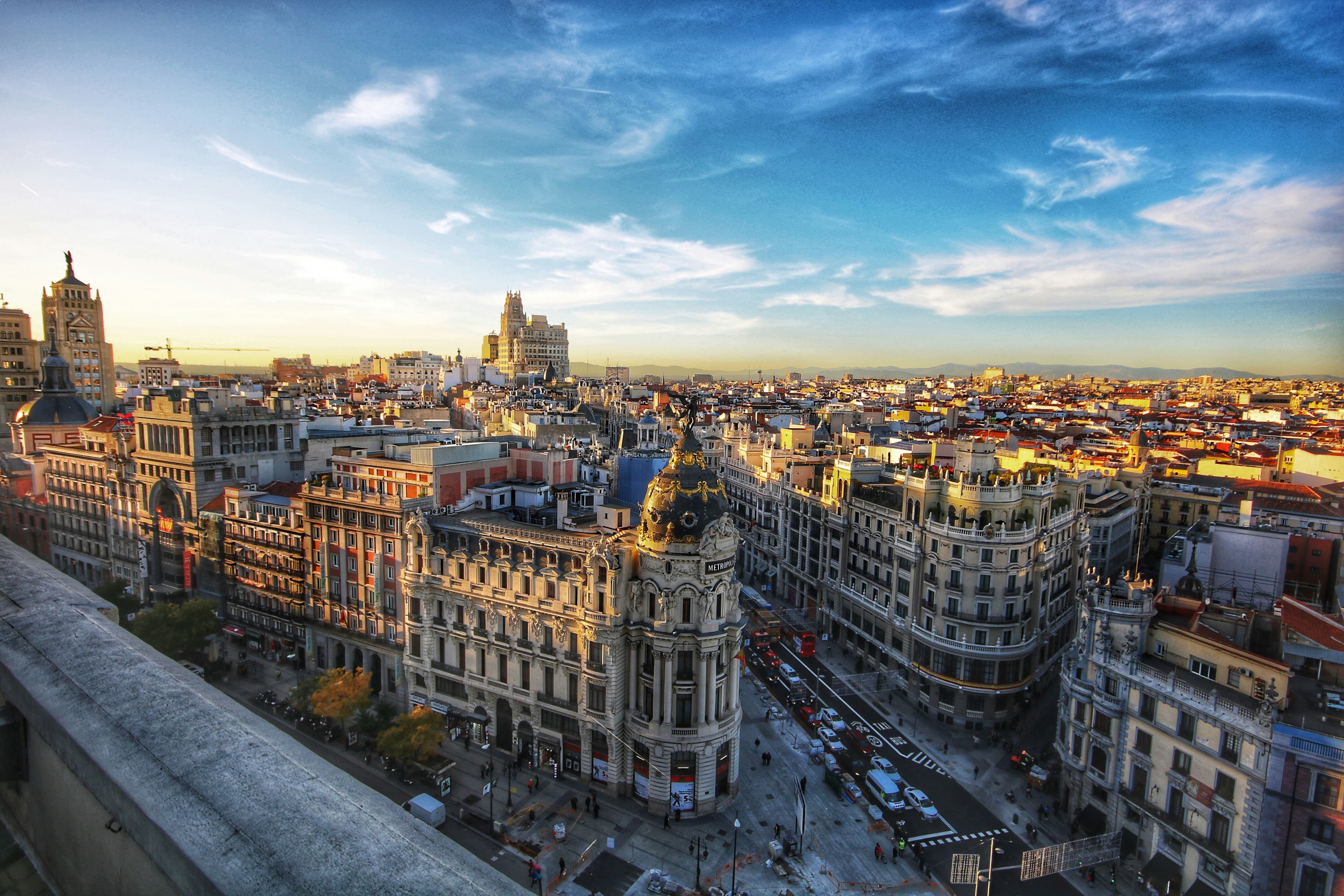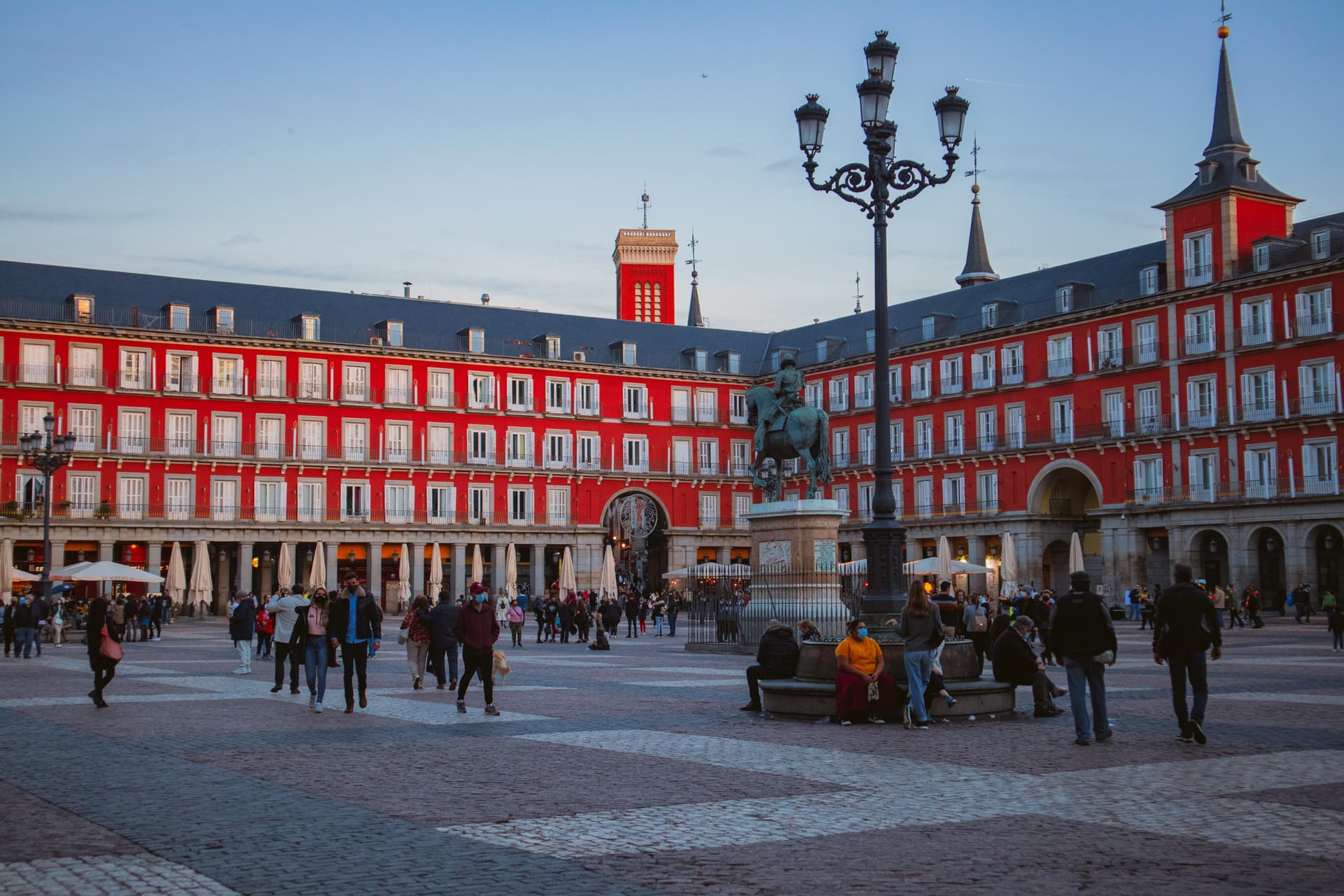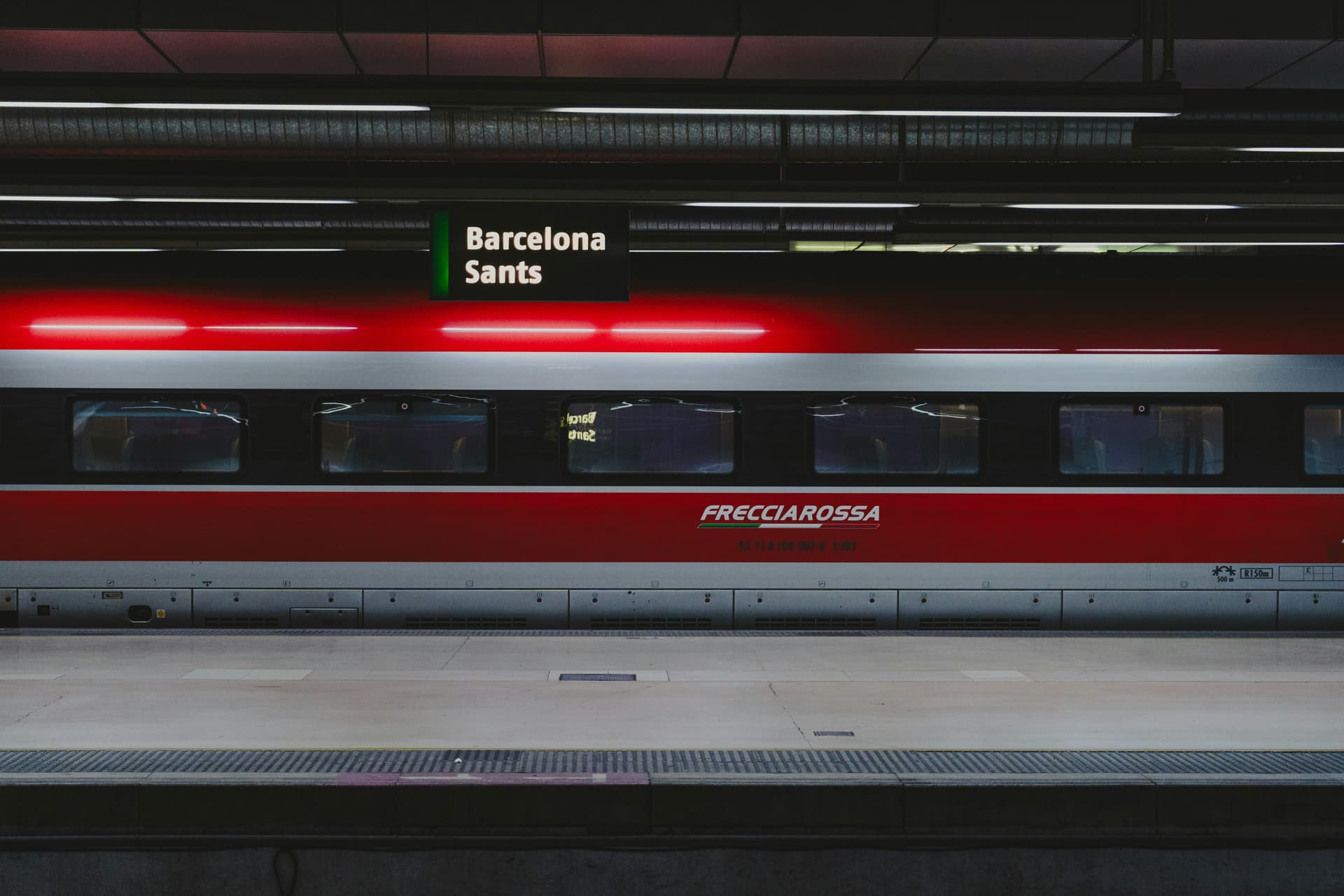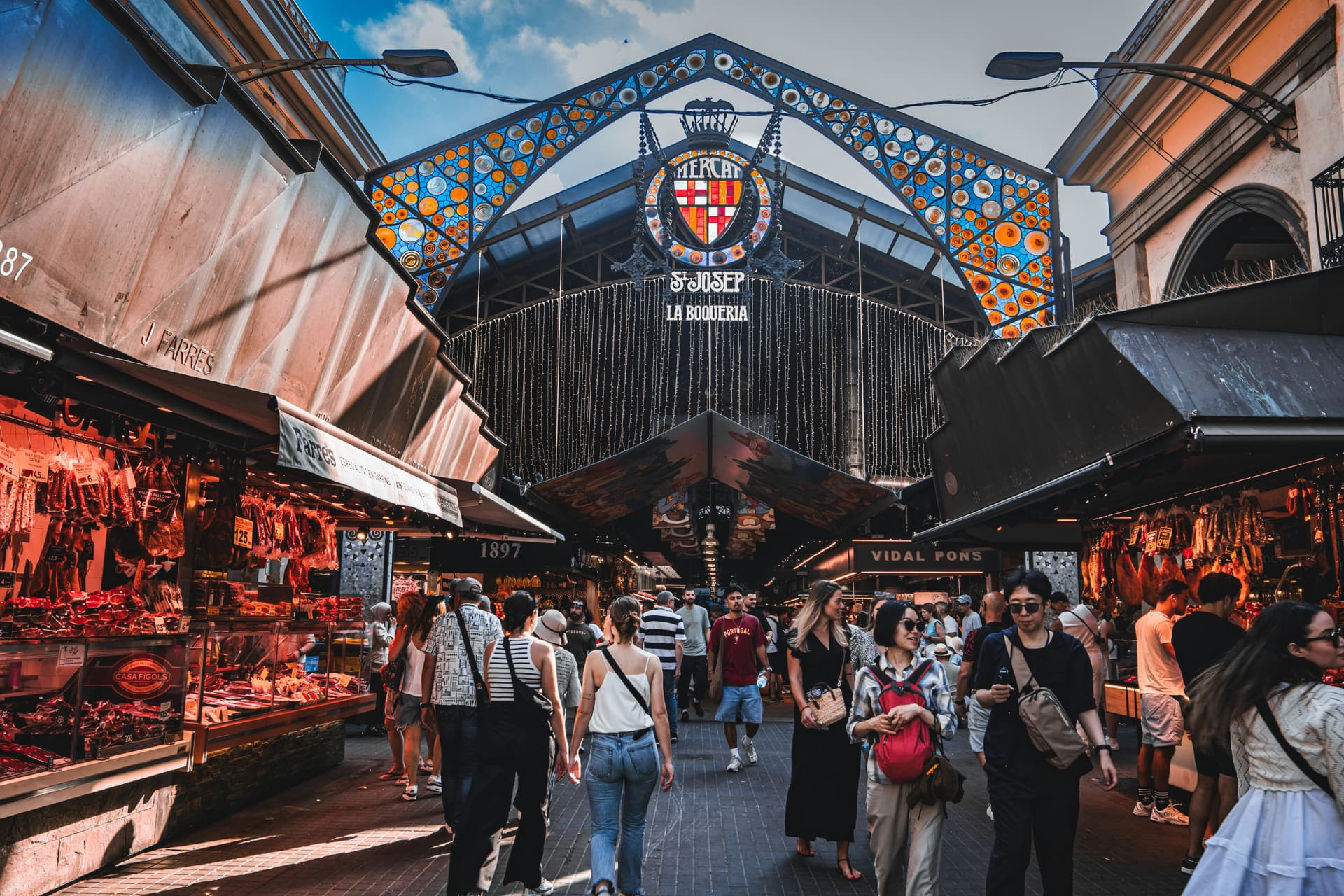
Arriving in Madrid: First Impressions and Planning

Arriving in Madrid felt like stepping into a movie: wide streets, impressive architecture, and vibrant energy. The best time to visit Spain is spring or autumn, when the weather is mild and crowds are smaller, allowing a relaxed itinerary.
No visa is required for EU citizens, making planning and organizing the trip hassle-free. We stayed mindful of petty theft to ensure safety, a key detail recorded in our travel diary.
Prado Museum and Retiro Park: Culture and Nature
The Prado Museum is a must-visit for art lovers, featuring masterpieces by Velázquez and Goya. Retiro Park provided a peaceful retreat to recharge. Spain's climate varies: Mediterranean on the coast, continental inland, and cooler in the north, helping us plan comfortable sightseeing days.
Plaza Mayor and San Miguel Market: Local Flavors

Plaza Mayor is Madrid's heart, filled with cafes, restaurants, and lively energy. At Mercado de San Miguel, we sampled tapas and local wines, showing how gastronomy is a key part of travel planning.
The currency is the Euro (€), and credit cards are widely accepted—essential practical info added to our travel diary.
Traveling to Barcelona: Arrival and Initial Exploration

The train to Barcelona was fast and comfortable. Urban transport like metro and buses worked smoothly, making city travel easy to organize.
Sagrada Família and Gothic Quarter: History and Culture

Sagrada Família is Gaudí's masterpiece, while the Gothic Quarter transports you back in time with narrow streets and hidden squares. Spaniards are warm and relaxed, and meals are social events, key insights for authentic travel experiences.
Must-visit destinations in Spain include Madrid, Barcelona, Seville, Granada, and Valencia, helping us plan trips around key highlights.
La Boqueria Market and Las Ramblas: Urban Life

La Boqueria Market is colorful and lively, perfect for tasting fresh local products. Las Ramblas offers unforgettable street performances and shopping. For Madrid and Barcelona, 4–5 days are enough, while 10–15 days are ideal for exploring multiple regions of Spain.
Last Day: Exploring Lesser-Known Neighborhoods
On the final day, we explored neighborhoods like Gràcia and El Born, discovering cafes, independent shops, and quieter corners. Basic health precautions like sunscreen and travel insurance were noted in our diary.
These experiences show that travel planning isn't just about destinations but also understanding local customs and lifestyle, enriching future trips.
Conclusion: Reflections on the Trip
Traveling with friends across Spain allowed us to immerse in culture, cuisine, and history. Careful planning, idea generation, and a detailed travel diary made the journey unforgettable.
Top 10 FAQs about Traveling to Spain
Is it safe to travel in Spain?
Yes, especially in tourist areas, but watch out for petty theft.
What are the must-see destinations in Spain?
Madrid, Barcelona, Seville, Granada, and Valencia.
How many days are recommended to explore Spain?
10–15 days for multiple regions; 4–5 days for Madrid or Barcelona.
What is the climate like in Spain?
Mediterranean on the coast, continental inland, cooler in the north.
Are any vaccines or health precautions needed?
No mandatory vaccines, but sunscreen and travel insurance are recommended.
How does transportation work within the country?
Trains and domestic flights are fast, and metro and buses work well in cities.
What is the currency and best way to pay?
The currency is the Euro (€), and cards are widely accepted.
What cultural customs should I know before visiting?
Spaniards are warm and relaxed; meals are social events.
When is the best time to visit Spain?
Spring and autumn, for mild weather and fewer tourists.
Do I need a visa to travel to Spain?
EU citizens don’t need a visa for short stays.
Who is Sofia?
Sofia is 25, sociable, adventurous, and loves exploring new cultures with friends. She balances planning with spontaneity, keeps a travel diary to record memories and ideas, and gathers information about countries to better understand culture, habits, and local life.